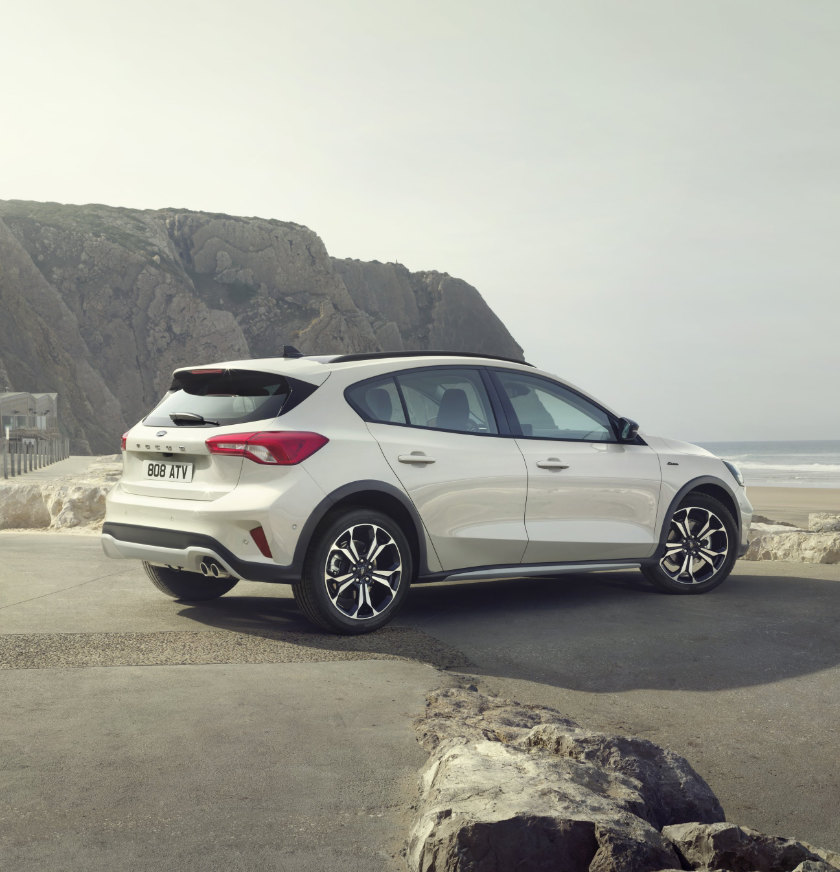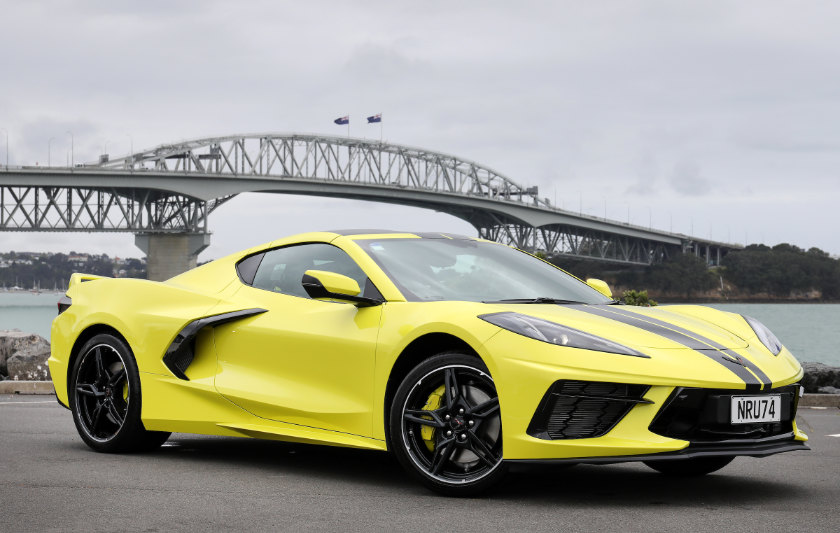
Ford’s Brazilian line-up, 2021. Once upon a time, there were locally developed Corcels and Mavericks; even the EcoSport was a Brazilian development. Today, it’s Mustang, a couple of trucks, and a rebadged Chinese crossover.
We heard a lot about the demise of Holden as GM retreats from continents at a time, seemingly in a quest to be a Sino-American player rather than a global one. We’ve heard less about Ford shrinking as well, though the phenomenon is similar.
Ford’s Brazilian range is now the Mustang, Ranger, Territory (which is fundamentally a badge-engineered Yusheng S330 from China with a Fordized interior), and Bronco. It’s beating a retreat from Brazil, at the cost of tens of thousands of jobs (its own, plus associated industries’) in a country that already has 15 per cent unemployment.
Their reasoning is that electrification and technological change are driving restructuring, which seems plausible, till you realize that in other markets, including Thailand where there’s still a plant making Fords, the company is fielding essentially trucks, the truck-based Everest, and the Mustang.
Ford warned us that this would be its course of action a few years ago, but now it’s happening, it makes even less sense.
Say it’s all about (eventual) electrification. You’d want vehicles in your portfolio now that lend themselves to energy efficiency, so that people begin associating your brand with it. Trucks and pony cars don’t fit with this long-term. And I still believe that at some point, even before trucks commonly have electric powertrains, someone is going to say, ‘These tall bodies with massive frontal areas are using up way more of the juice I’m paying for. We don’t need something this big.’
Let’s say Ford quickly pivots. It sticks a conventional saloon body on the Mustang Mach-E platform (which, let’s be honest, started off as a Focus crossover—the product code, CX727, tells us as much) in record time. Would anyone buy it? Probably not before they see what the Asians, who don’t abandon segments because they can’t be bothered working hard, have in their showrooms. Toyota, Honda, Hyundai, Mazda, and countless Chinese marques, have been building their goodwill in the meantime.
It’s why two decades ago, I warned against DaimlerChrysler killing off its price-leading brand, Plymouth. You never know when recessionary times come and you want an entry-level brand. Before the decade was out, that time came, and Chrysler didn’t have much it could use without diluting its existing brands’ market perceptions to have some price leaders.
Ford retreating from B- and C-segment family cars, even CD- and E-segment ones, means it’ll find it difficult to get back into those markets later on. A good example would be the French, who don’t find much success in the large saloon market generally, and would find it very hard to re-enter in a lot of places.
I realize the action isn’t in regular passenger cars these days, but the fact that Fiat, Chevrolet and Volkswagen still manage to field broad lines in Brazil suggests that the market still exists and they can still eke out some money from their sales.
It’s as though the US car firms are giving up, ceding territory. And on this note, Ford has form.
In the 1990s, Ford’s US arm under-marketed the Contour and Mystique Stateside, cars based on the original European Mondeo. I saw precious little advertising for them in US motoring press. As far as I can tell, they wanted to bury it because they didn’t like the fact it wasn’t developed by them, but by Ford’s German-based team in Köln. ‘See, told you those Europeans wouldn’t know how to engineer a CD-segment car for the US.’ The fiefdom in Dearborn got its own way and later developed the Mazda-based Fusion, while the Europeans did two more generations of Mondeo.
In the 2000s, it decided to flush the goodwill of the Taurus name down the toilet, before then-new CEO Alan Mulally saw what was happening and hurriedly renamed the Five Hundred to Taurus.
It under-marketed the last generation of Falcon—you seldom saw them on forecourts—and that looked like a pretext for closing the Australian plant (‘See, no one wants big cars’) even though by this point the Falcon was smaller than the Mondeo in most measures other than overall length, and plenty of people were buying similarly sized rear-wheel-drive saloons over at BMW and Mercedes-Benz.
The Mondeo hybrid has been another model that you barely hear of, even though the Fusion Hybrid, the American version of the car, had been on sale years before.
Think about what they gave up. Here, Ford once owned the taxi market. It doesn’t any more as cabbies ultimately wound up in Priuses and Camrys. Had Ford fielded a big hybrid saloon earlier, Toyota might not have made inroads into the taxi market to the same extent. Ford almost seems apologetic for being in segments where others come to, and when challenging the market leaders, doesn’t put much effort in any more.
Objectively, I would rather have a Mondeo Hybrid than a Camry, but good luck seeing one in a Ford showroom.
Maybe Ford’s smart to be putting all its resources into growth areas like trucks and crossovers. Puma and Escape have appeal in the B- and C-segment crossover markets in places like New Zealand. They’re fairly car-like now, too. But to me that’s putting all your eggs into one basket. In countries like Brazil and Thailand, where Ford doesn’t sell well resolved crossovers in these segments, it’s treading a fine line. I look at the market leadership it once had in cars, in so many places, and in 2021 that looks like a thing of the past. More’s the pity.








One thought on “Have you driven a Ford … lately? Probably not”